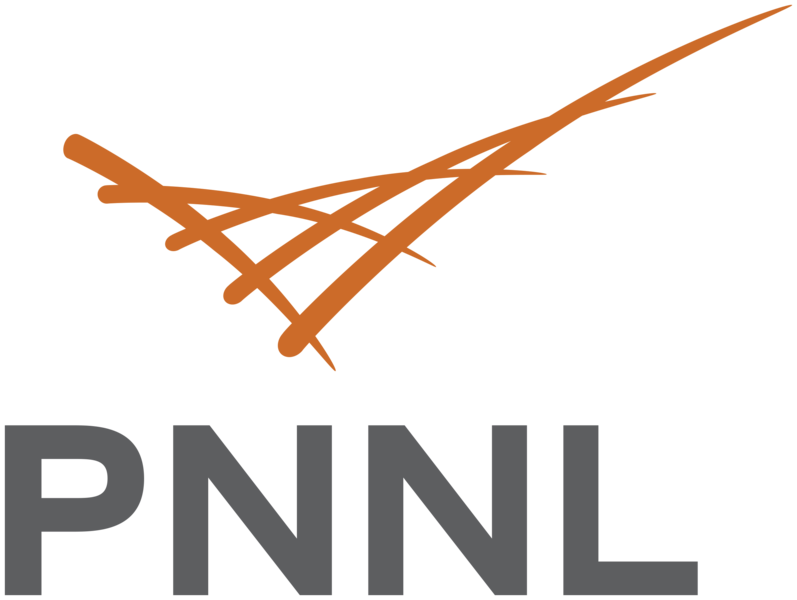Data Quality Program
Overview
The Atmospheric Radiation Measurement (ARM) User Facility includes an active Data Quality program to characterize the quality of ARM measurements. This minimizes the time required to address instrument problems to provide the best-possible measurements for scientific research. Maintaining data quality (DQ) for an organization with the size and complexity of ARM is a significant challenge, and is managed by the ARM Data Quality Office. The three sources of DQ information for ARM data are:
- Instrument handbooks—found on each instrument’s page
- Embedded Quality Control (QC) flags—found in most data files as ancillary variables and can be easily deciphered
- Data Quality Reports (DQRs)—visible while browsing for data, received with data orders, and accessible through the DQR web service.
Even after significant scrutiny, some unidentified issues may be present in the data. Help ensure data quality by informing ARM of any issue, no matter the severity.
Instrument Handbooks
Detailed information describing the specifications of each ARM instrument can be found with each instrument description. These instrument handbooks provide ARM’s current understanding of the measurement systems, including any quirks, inherent limitations of the instrument and/or siting, deficiencies, and common problems encountered with the measurement. The handbooks should be reviewed before using the data to ensure all limitations of the measurements are fully understood before analysis.
Embedded Quality Control
Automated quality control refers to quality-control checks applied when datastreams are processed and embedded within the data files, generally during ingest by ARM data systems. Data are scrutinized with automated routines to detect violations of simple physical limits (minimum, maximum, difference), and for some measurements, sophisticated quality algorithms. Values that exceed these criteria are flagged using accompanying variables within the data files, allowing the user to decide which flags to apply to the data.
Information about flagging is included in the header of each netCDF file. The data user needs to read and consider this header information and any quality flags carefully when processing data.
Data Quality Reports
A Data Quality Report (DQR) is a written statement about the quality of data within a particular datastream for a specific time range accompanied by a category of severity for the quality issue affecting the data.
The information in the text may be quite simple (e.g., stating an instrument system was turned off and the data do not exist) or complex (e.g., providing detailed analyses and equations that should be used to adjust the instrument’s data). When a user orders ARM data through Data Discovery, all DQRs associated with the ordered datastreams are attached to the data order.
The user is also notified when future DQRs relevant to their data order are submitted. DQRs are typically written and submitted by the appropriate instrument mentor who has the final word on the DQ of his/her instrument, or the DQ Office as proxy. DQRs serve as the primary method of communicating DQ to users for all data issues that are not described on the instrument page or flagged by embedded QC. In addition, the DQR quality flag can be used to remove incorrect or suspect data during the ordering process.
Keep up with the Atmospheric Observer
Updates on ARM news, events, and opportunities delivered to your inbox
ARM User Profile
ARM welcomes users from all institutions and nations. A free ARM user account is needed to access ARM data.


















